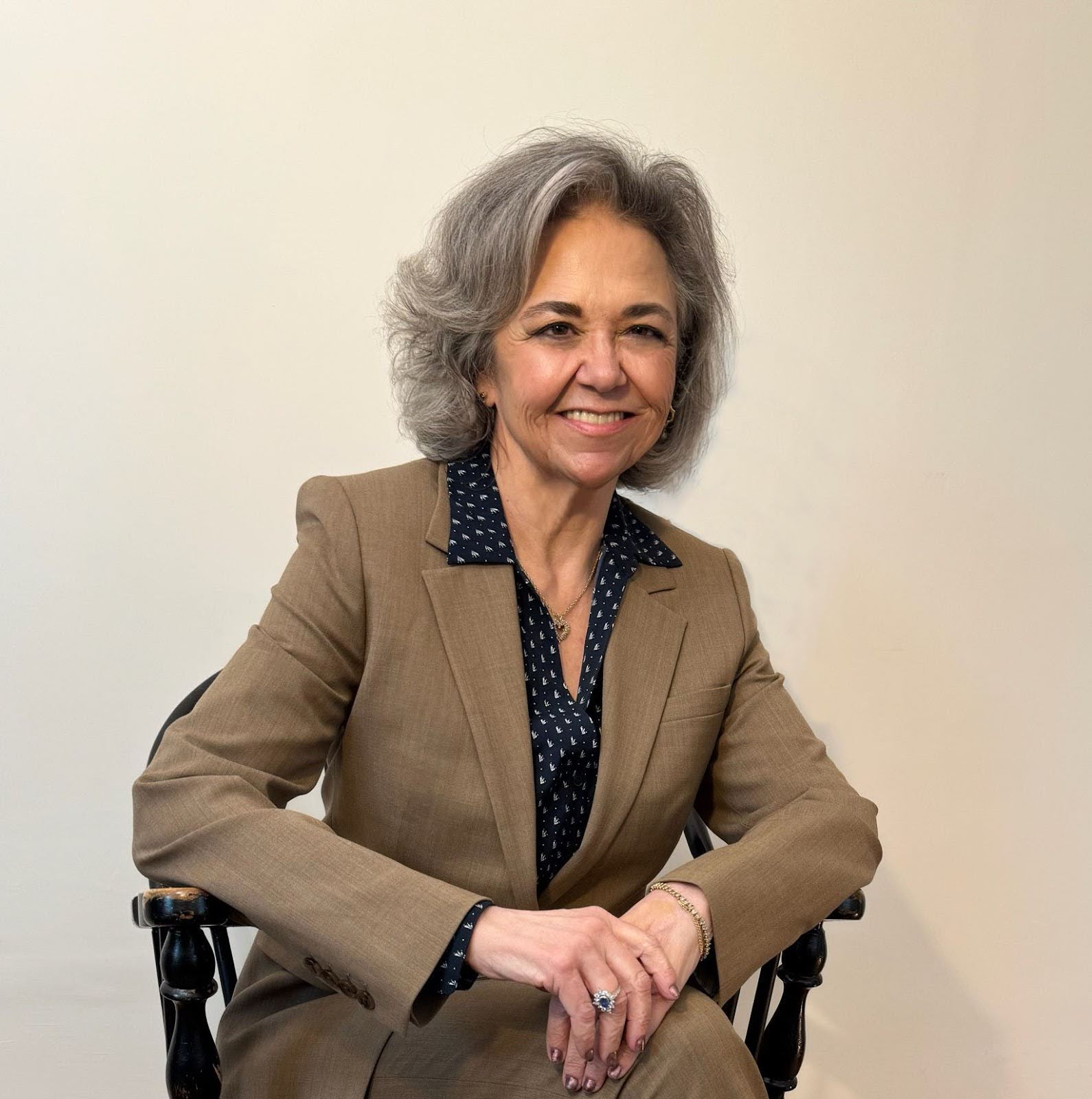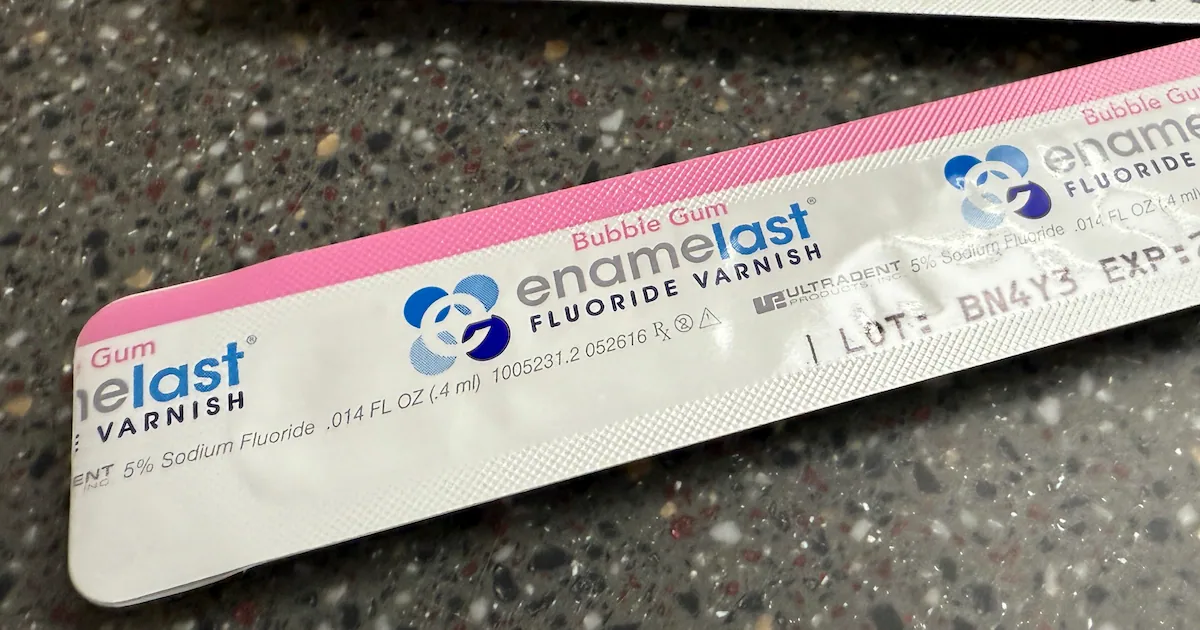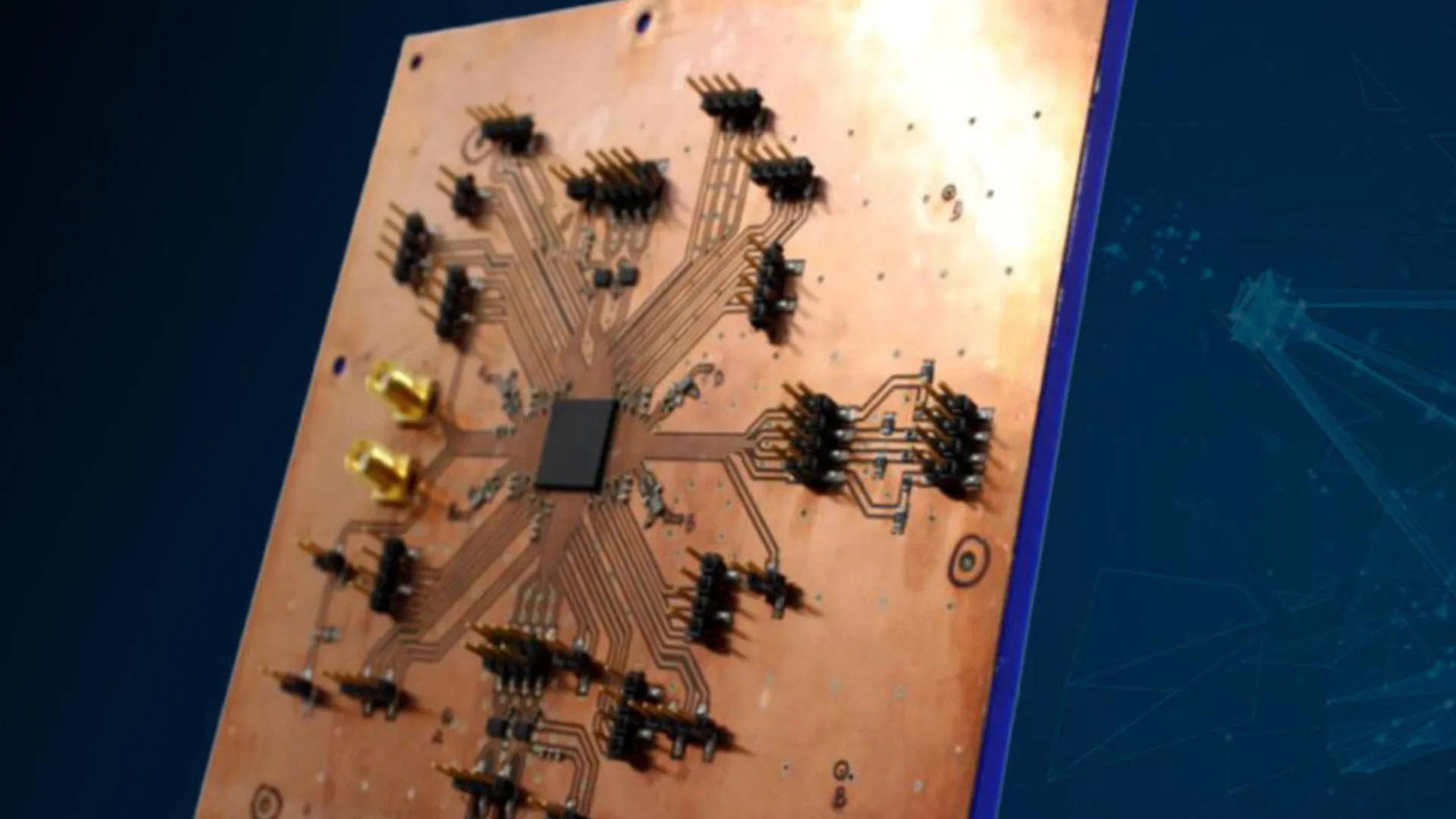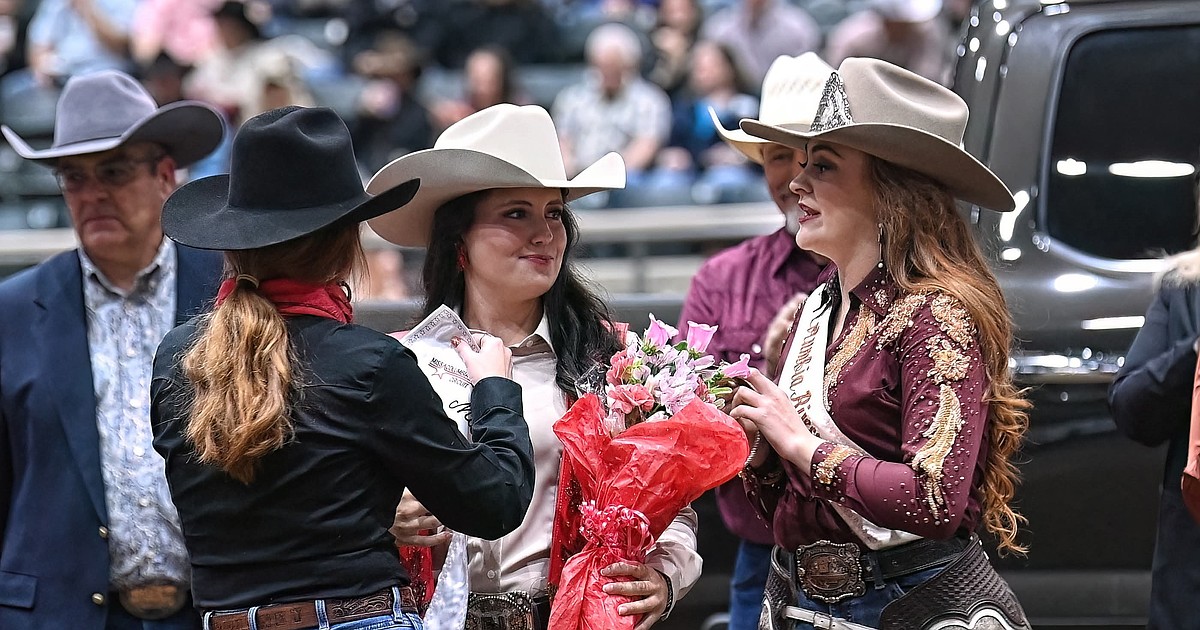Copyright International Business Times

A camera, as attorney Lisa A. Parlagreco believes, is a silent, non-judgemental witness to what occurs before its eye. "It records without bias or agenda, indifferent to the outcome of what it captures," she says. "It does not judge. We do." This belief has become the foundation of Parlagreco's philosophy and the motto she's carried throughout her law career in appellate and trial litigation at Parlagreco Law. Parlagreco's journey into the convergence of law and forensic science draws from her own experience with cases where, she says, she discovered how often video evidence was tampered with. Witnessing such cases, Parlagreco developed the ability to conduct meticulous forensic analysis, frame-by-frame video reconstruction, and collaborate with technical experts, refining her understanding and expertise in video forensics. "Those cases changed everything for me," she says. "They inspired me to focus on forensics. It was fascinating." Parlagreco learned how to rebuild recording systems, study the physics of analog tape, and analyze sound spectrums using professional audio workstations to detect signs of tampering often invisible to the naked eye. This newfound passion and expertise later enabled Parlagreco to pivot her legal expertise toward a rapidly evolving frontier: the merging of law, technology, and forensic science in the courtroom. Today, as artificial intelligence advances at an exponential pace, the stakes have never been higher. The ability to fabricate or manipulate video evidence in minutes through deepfakes and AI-assisted editing has created a weapon and a shield within the justice system. "AI is frightening," Parlagreco admits. "Because if a doctored video can incriminate an innocent person, that's terrifying. But the other side is just as dangerous, when a guilty person claims a genuine video has been altered, hoping to escape accountability." The dual-edged nature of AI-driven evidence demands a level of technical literacy that can accurately emulate the dynamics of the advancing technological era. Parlagreco believes that further growth is imperative. "I believe there's a lot more advancement we, as lawyers, have to do at our end to catch up with science in our research and legal proceedings," she states. A 2025 report revealed that 46% of fraud experts have encountered synthetic identity fraud, 37% voice deepfakes, and 39% video deepfakes. Additionally, generative AI could drive US fraud losses to $40 billion by 2027. With this extent of risk in question, Parlagreco urges attorneys to develop a forensic mindset through trials, appeals, and consulting work. To question not only the testimony of witnesses but the digital fingerprints left by machines. "Lawyers must understand how evidence behaves in the real world," she explains. "A cell tower connection used to triangulate a location, for example, doesn't always link to the closest tower. You need to know how to interpret that before you build a case around it." Parlagreco believes that this call to integrate scientific literacy into legal practice echoes the spirit of the Brandeis brief, a method of legal argument that extends beyond precedent, incorporating scientific and social data into legal reasoning. Parlagreco's modern take on that tradition is rooted in data integrity and technological fluency. In her view, justice in the digital age depends on an attorney's ability to separate truth from technical illusion. "The line between authentic and artificial grows fainter each year," she adds. "This creates a greater need for vigilance from the courts and the counsel who serve them." Ultimately, the solution, according to Parlagreco, lies not in resisting technology but in mastering it. Forensic science, in her hands, remains about ensuring that when machines speak, justice knows how to hear them. As the world gravitates towards an era when truth itself can be coded, cut, and re-rendered, her work as an attorney, with appeals and merit-based trials, is a reminder that the pursuit of justice must evolve alongside the tools that threaten it.



